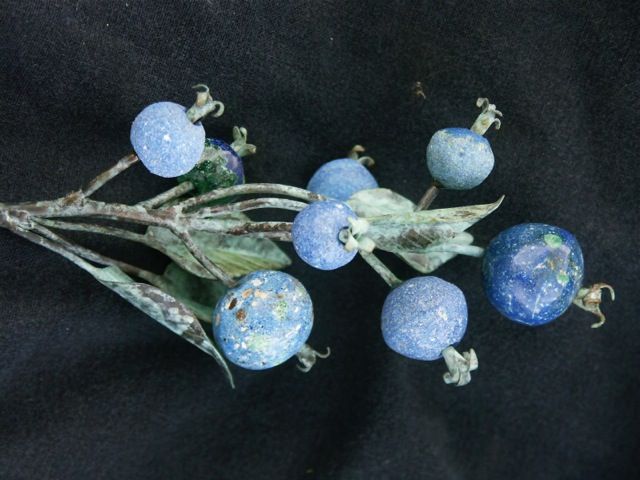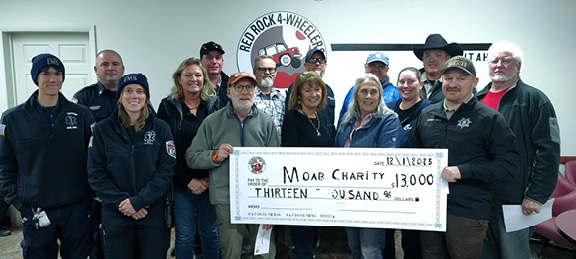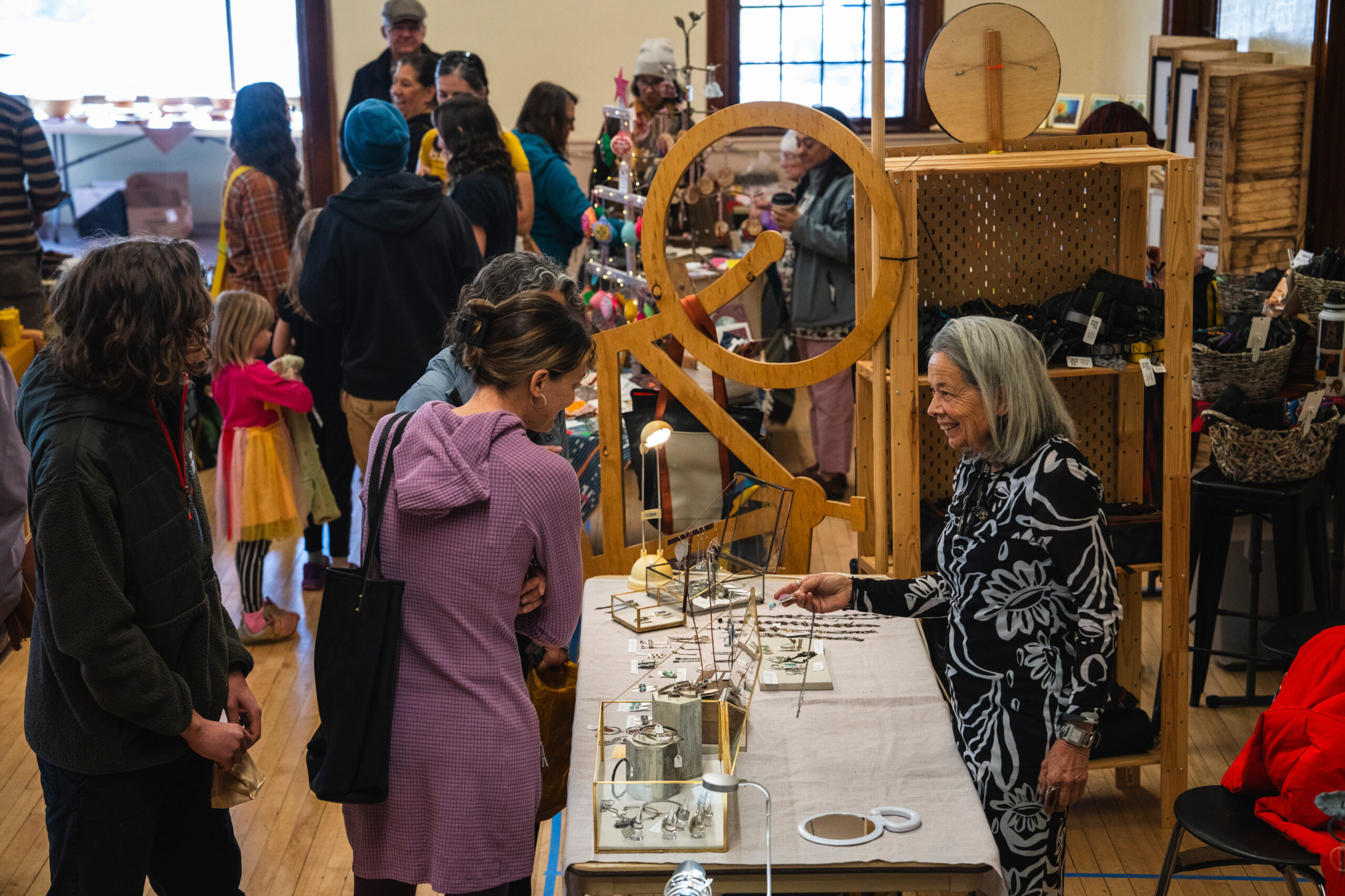Some information may be outdated.
Customers worldwide value the rocks collected by Bill Harrison, owner of Blue Crystal Mines, located 32 miles south of Moab.
Known for his blue azurite and green malachite stones, Harrison sells the rough material to customers in India, Germany, China and Hong Kong, where the rocks are often turned into jewelry.
“I also have high quality crystal specimens – mostly for collectors,” Harrison said. “It’s considered a mine, but it’s really rock collecting.”
Before he bought the mine 22 years ago, Harrison said he “didn’t even know people bought rocks – I found out real quick, they do.”
At slightly over 6,000 feet elevation, in juniper-sagebrush canyon country, Harrison’s mine sits above a rich copper deposit where colorful azurite is disseminated through the rock. Most everything is hand-collected, using picks and shovels, and a jackhammer. Occasionally, he operates a backhoe to remove dirt and rock material to uncover the azurite-malachite.
“Basically I’m digging when the weather is good – usually four months out of the year,” Harrison said. “The rest of the time I’m cleaning, processing, cutting stones and packaging for shows.”
His stones can be found locally at the Moab Rock Shop. His artist wife Ekaterina Tatarovich Harrison makes earrings that are sold at Eklecticafe, 352 N. Main St. Harrison also sells materials at rock and gem shows in Quartzite and Tucson, Arizona, as well as Denver.
His biggest customer is Home Shopping Network, which is the second-largest national television shopping network on the air, according to Harrison. The company buys the rough stones from which it makes jewelry. People can look up “Mine Finds by Jay King” to see samples of jewelry made from the Utah rock, Harrison said.
Harrison grew up in Prescott, Arizona, where he cut and polished petrified wood pieces for bookends that were sold in rock shops. He said he moved to Utah after buying the azurite-malachite mine and discovered people were trespassing onto the property and stealing the rocks. Harrison hired a security guard and moved onto the site, near the town of La Sal, where he lives with his wife.
“I really love it here,” Harrison said. “We’re five miles from the nearest neighbor.”
While Harrison makes some jewelry with the stones, the majority are sold as rough material, he said.
Ekaterina is a sculptor artist who often creates large bronze sculptures. On rare occasions, she’ll incorporate azurite-malachite into her work, she said.
For example, one of her sculptures is a copper “branch” with clusters of “blueberries” – small stones known as “Rocky Mountain Blueberries,” that the mine is famous for, Harrison said.
“They come out (of the mine) naturally,” Ekaterina said. “They’re little blue balls. There are also green balls, of malachite.”
She recently carved a bowl from black walnut, and inlaid it with azurite that her husband collected.
“Most materials we sell to individual artists, jewelers and big corporations that process the materials,” she said.
Ekaterina forges and casts various metals, does woodworking, stone carving and some limited glass and ceramic work.
“Most of my work is custom pieces,” she said. “Otherwise, I show sculptures in various fine art galleries.”
She said her wrought-iron work has been described as “jewelry for the house.” Samples of that work were recently published in the new coffee table book “Ironwork Today 4: Inside and Out” by author Catherine Mallette.
Harrison, meanwhile, works with two tour companies – Deep Desert Expeditions in Moab, and Rock Pick Legend Company in Salt Lake City. Both companies bring in collecting groups – that’s the only way to tour the mine.
There is no right-of-way on the property, and Harrison is adamant that “absolutely no trespassing” is allowed.
Moab company leads group tours of Blue Crystal Mines
Appreciate the coverage? Help keep local news alive.
Chip in to support the Moab Sun News.





